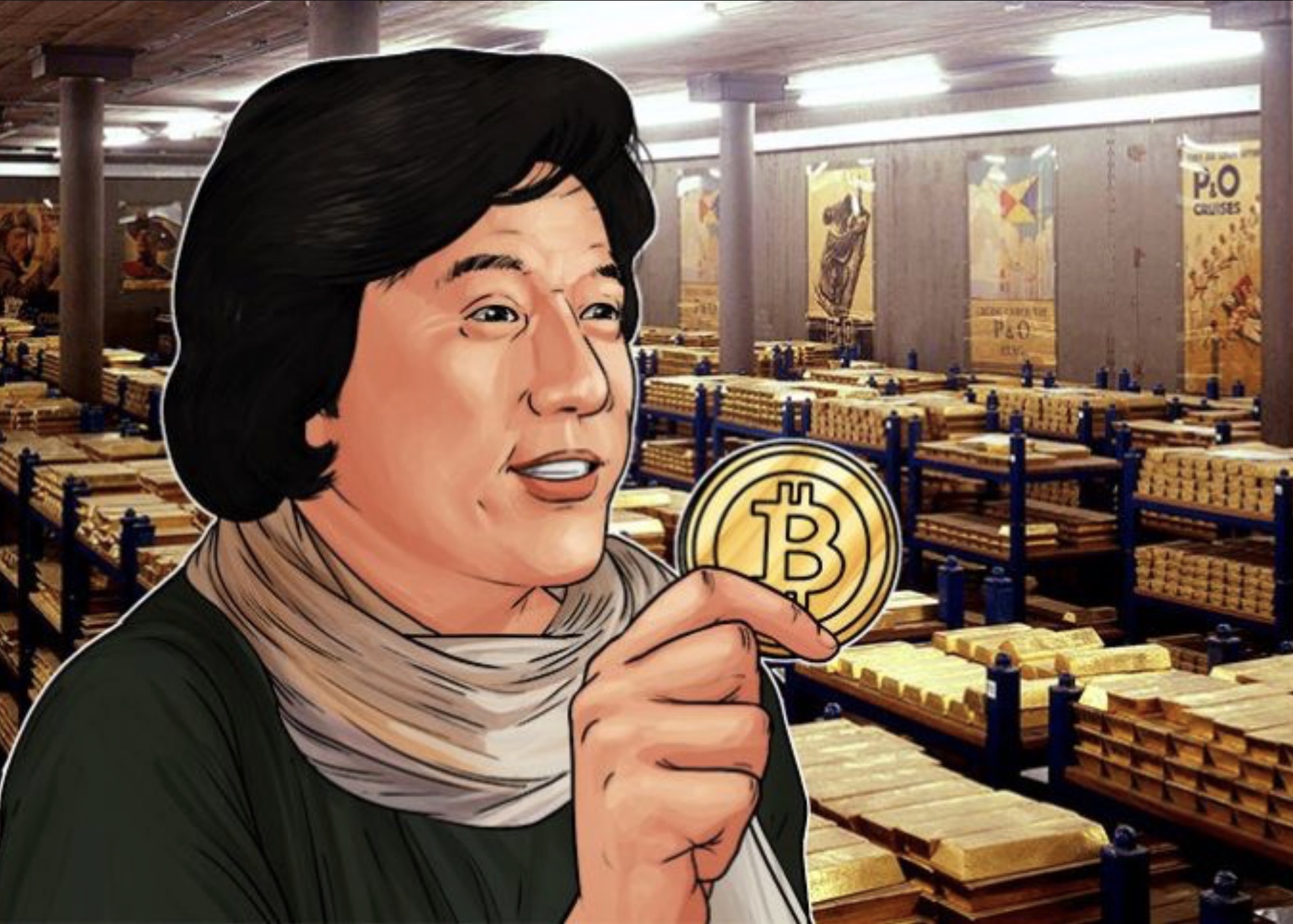If all this sounds like Utopian musing, it becomes relevant in discussing China’s plans for a reserve currency, plans that in turn are central to my very bullish forecast for gold. I continue to believe, as I have been saying for more than a year, that China will launch an Eastern oil benchmark denominated in yuan exchangeable for gold. But China’s goal isn’t to destroy the dollar. In fact, the U.S. could end up benefiting. However, we need to be willing to broaden our world view so as to see U.S. interests as being better served by being part of an exquisitely integrated network in which all can thrive. The blood and guts of what I am getting at is that China’s ultimate goal isn’t to make the yuan, backed by gold, the world’s new reserve currency, though that may be a first step. China has a longer-term goal in mind.
To explain my thinking, go back to the above example of Zhengzhou. It illustrates China’s ability to do something that at first seems senseless –– a crazy anomaly – but that later is revealed as a necessary step to an intricately planned goal. In a very different context, something analogous is going on today – a seemingly inexplicable anomaly that is actually a step along a carefully crafted road, in this case China’s path to a new reserve currency.
China’ Staggering Blockchain Energy Usage
The latest anomaly is this: China recently banned cryptocurrency trading – even bitcoin no longer can be legally traded. Yet the government continues to allow highly skilled computer professionals to “mine” bitcoin. Mining bitcoin, as I have mentioned before, requires tremendous computer power and therefore a tremendous amount of energy. Because of China’s access to cheap electricity and its wide pool of skilled programmers, the country accounts for between 70 and 80 percent of the world’s bitcoin mining.
To give you some idea of what the country is donating to the world, each bitcoin transaction uses the equivalent of 3.3 gallons of gasoline. There are typically about 12,000 transactions an hour, meaning about 40,000 gallons of gasoline an hour. Because of the blockchain’s structure and the rules that govern it, the number of operations associated with each transaction is rising rapidly, by about fivefold a year. Assuming that fivefold yearly pace holds – and it could rise – and assuming China continues to do about 75 percent of bitcoin mining, it means that by the decade’s end China will be using the equivalent of about 20 million gallons of gasoline a day or close to half a million barrels of oil. That’s a lot of energy to expend, especially for a venture you do not even approve of.
China To Create Its Own Digital Currency
So why not ban mining? Because China will need the miners not for a bitcoin ecosystem, but to create an ecosystem for another digital currency. My best guess is that China’s eventual goal is to create a blockchain to serve a reserve currency, a currency that China itself does not need to manage.
In 2009, in the wake of the global financial crisis, Zhou Xiaochuan, the influential head of China’s central bank the People’s Bank of China, wrote a paper about reserve currencies in which he decried not the dollar per se but the use of any fiat currency as a reserve currency.
